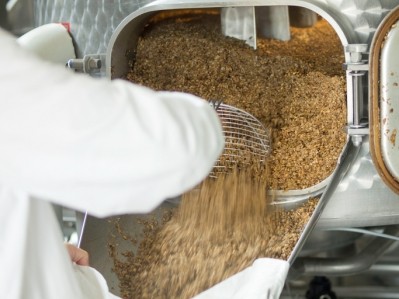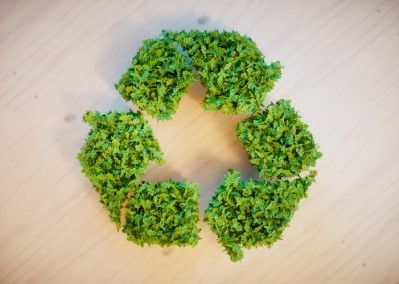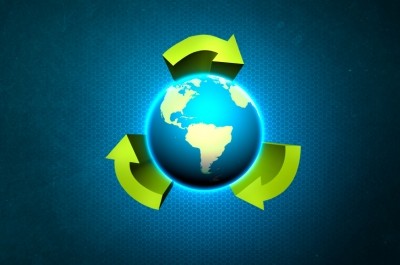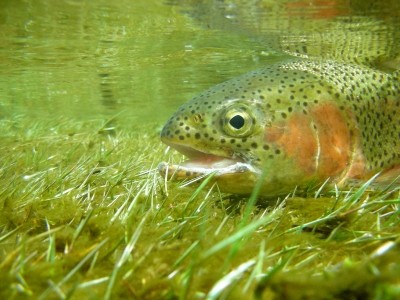Idaho producer ups sustainability effort with recycled fish feed ingredient
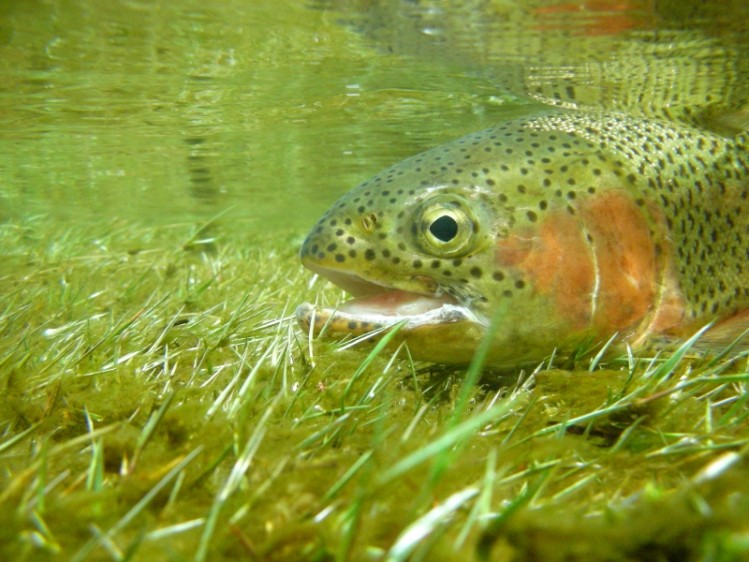
The Idaho-based company raises catfish, trout, tilapia and sturgeon, and had been giving away the waste generated by processing live fish into fillets or products for the market, said Leo Ray, company founder and president. However, that practice is set to change with establishment of a facility to generate fish feed without using dried fishmeal.
“I’ve been raising fish for about 50 years and the most expensive item in the fish feed is fishmeal,” he told FeedNavigator. “Most of the fish meal, or large portions, come from byproducts of processed fish and I gave that away.”
Its new feed facility has equipment to use fresh fish waste material and by-products, rather than a purchased, dried fishmeal product, to be processed into aquafeed, he said. “Fish feeds have been made using extruders for years, but they haven’t used the raw fish [products],” he added.
“The best thing you can feed a fish is another fish – in the wild big fish eat little fish,” said Ray. “The quality of the protein in the live fish is so much better than after it’s been cooked, dried, stored and had additives added.”
Feed generation and sustainability
The company is currently waiting for the extruder to be delivered, said Ray. It is expected later this month and most of the equipment needed in the facility is already in place.
“Running an extruder is more of an art than a science, but we hope to be making feed in less than 90 days,” he said. “The [feed] formulations will change as the ingredient prices change – there are a lot of ingredients that can be substituted for one another.”
The extruder needs about 30% moisture in a mix, which it then pressurizes and heats, he said. “It reaches temperatures of 300 degrees under pressure – so you have no danger of disease transfer,” he added.
“The process completely sterilizes the product,” he said. “It denatures the protein less than the process of making fish meal, the cost is reduced and the protein is left in a better form.”
The farmed fish producer is expecting to make several kinds of feed to cater both to the different species of fish raised, and for different life stages, he said. “We grow sturgeon – and in the lifetime of the fish they need about three different diets,” he added.
Ray said that about 30-50% of the company's fish may be sold depending on processing and fish type, with the rest being considered waste products.
“If you grow a fish, you have enough waste to make fishmeal to grow another pound of fish,” he said. “If you do it right, it’s a very sustainable process, all you have to do is add grains – there’s no excuse for depleting the ocean.”
Replacing purchased fishmeal with an internally generated product is expected to cut the company's expenses for fish feed almost in half, he said.
The fish farming producer has ploughed about $1m into the project. Ray anticipates the amount will be recovered in three to four years of feed generation.
He added that he expects other producers to follow a similar path if fishmeal and oil prices stay high.
